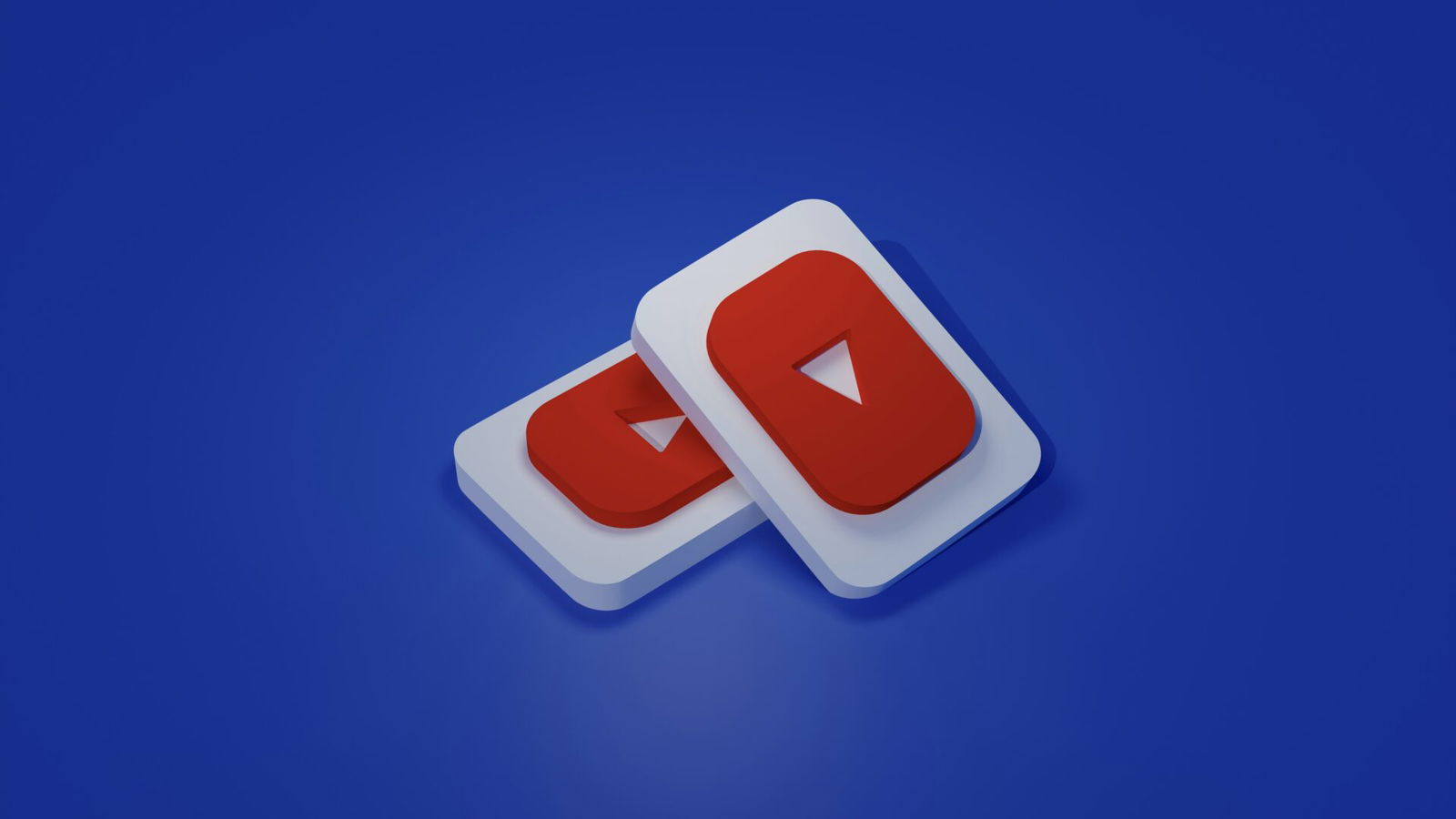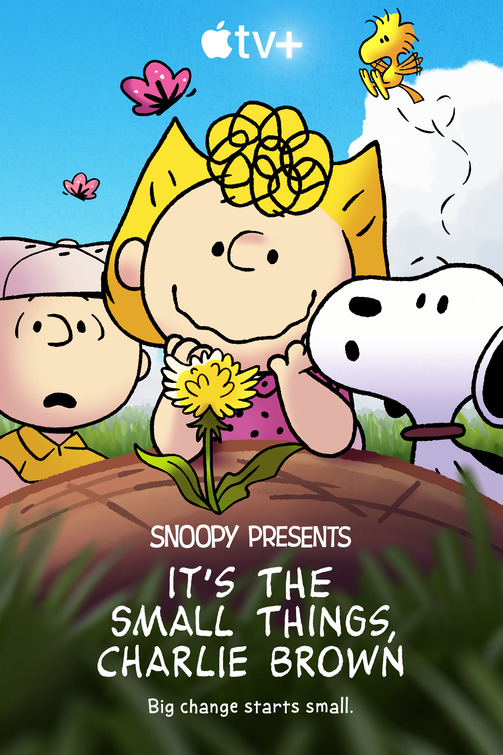
By India McCarty
YouTube just updated its livestreaming rules, boosting the minimum age for creators who want to stream to 16 years old.
“As of 22 July, we are increasing the minimum age required to live stream to 16 years old,” YouTube announced in a post to its Help page. “This means that creators will need to be 16 or older to be able to live stream on YouTube.”
The post continued, “Additionally, live streams featuring 13 to 15-year-olds who are not visibly accompanied by an adult may have their live chat disabled and the account may temporarily lose access to live chat or other features.”
The post also stated that, in the future, YouTube will take down live streams of users who are younger than 16 or unaccompanied by an adult, and their account “may temporarily lose its ability to live stream.”
Related: Google Trains AI on YouTube Videos—What That Means for Creators
YouTube will increase the minimum age for live streaming to 16 https://t.co/MwisxH5Trw
— Engadget (@engadget) June 25, 2025
YouTube didn’t explain why it decided to make this change, but the website has faced “decades of criticism and regulatory penalties for children’s privacy and safety abuse,” per Tech Times.
“With more kids than ever looking to assemble online followings and share their gaming or creative talents, YouTube acknowledged the increasing demand for more stringent support,” the outlet continued, adding, “The new policy is designed to help shield young users from dangerous content, inappropriate engagement, and online threats.”
Tech Times pointed out that this minimum age requirement would be easy for children to get around, simply by lying about their age when they create the account. However, that might be about to change.
The Verge revealed that Google, who owns YouTube, are working to use machine learning to estimate users’ real age to put an end to the long-running practice of young people lying about their ages online.
In an annual letter published earlier this year, YouTube CEO Neal Mohan said this will “help provide the best and most age-appropriate experiences and protections” to their users.
“We will continue to explore additional opportunities to provide increased transparency to users about age estimation at the account level,” Google spokesperson Matt Bryant said in a statement to The Verge.
Meta has also been exploring age-verification software and practices. The company recently classified all accounts for users under 18 as “Teen Accounts,” automatically applying a set of protections to these accounts.
YouTube still has a long way to go when it comes to ensuring the online safety of its young users, but the new age requirements for livestreaming is a step in the right direction.
Read Next: Google to Pay $170 Million Settlement For Violating Children’s Privacy on YouTube
Questions or comments? Please write to us here.


 - Content:
- Content: 

